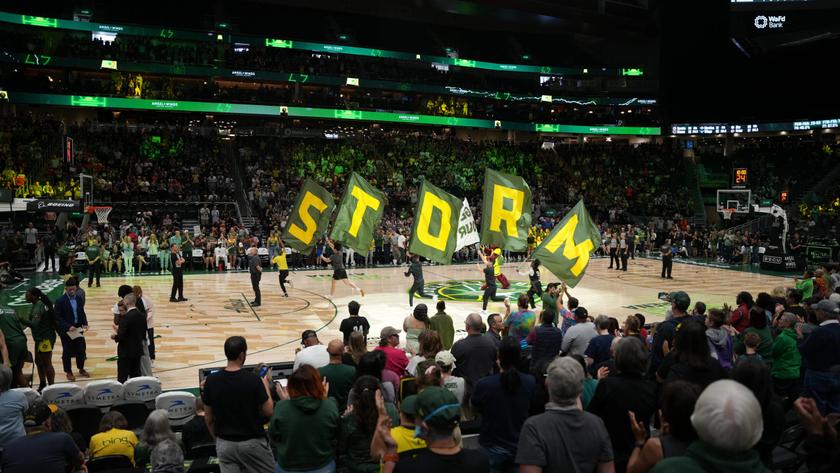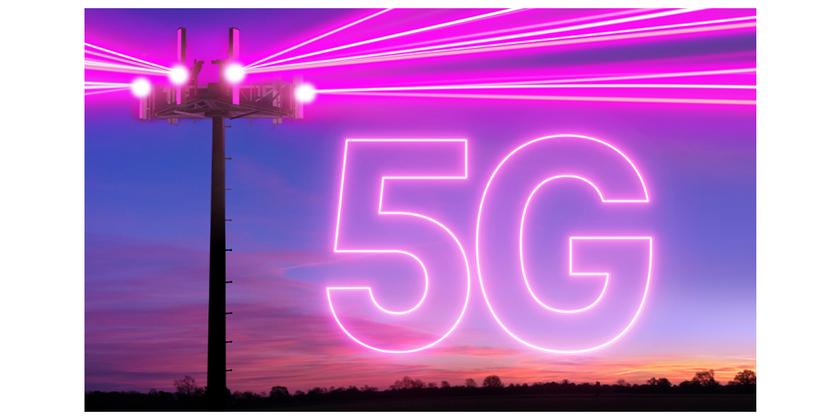DTV transition goes smoothly
The digital transition began last week with 421 television stations turning off their analog transmitters. As expected, the turnoff generated thousands of phone calls to call centers, but the overall number was lower than expected.
The 421 stations joined 220 more stations that had already made the transition. That means about 36 percent of the nation’s 1800 broadcasters have now made the switch. The rest of the nation’s stations — mostly in larger markets — must turn off their analog signals between now and June 12.
Most callers had the expected questions about reception, antennas, converters or other technical issues. The FCC said it accounted for about 26 percent of the 27,764 calls to its call center on the first day of the transition. The number of calls fell 8.9 percent on the second day.
The FCC call center was far from overwhelmed by the response, because it was originally set up to handle 100,000 calls a day before the June 12 extension of the turn-off deadline.
Many of the calls were from viewers who didn’t know they had to force their converter boxes or digital TV sets to “rescan” the airwaves to find stations that changed their channel assignments when dropping analog, the FCC said. Only 4.5 percent didn’t know of the transition at all.
Acting FCC chairman Michael Copps was pleased with the outcome of last week. He said the gradual transition now gives all the parties involved a chance to test the system as it rolls out across the nation.
“Thanks to the movement of the deadline, we did not have anything like the extent of disruption we would have experienced had every station in the country gone completely digital on Tuesday,” Copps said.
Get the TV Tech Newsletter
The professional video industry's #1 source for news, trends and product and tech information. Sign up below.
Stations that operated their own call centers or took calls from viewers on a less formal basis reported no abnormal number of viewers. Most were also pleased with the early public reaction.
Last week, about 500 stations notified the FCC that they intended to turn off their analog transmitters on Feb. 17, the deadline for the switch they had been planning on for three years. The commission initially responded that 123 stations could not switch early. That number was later amended to 106. The reason was mainly to prevent all stations in a market from turning off all analog signals at once.
“We tried to ensure that in every market in America, at least one station continues to broadcast an analog signal,” Copps said. “That made a huge difference in smoothing the way.”












